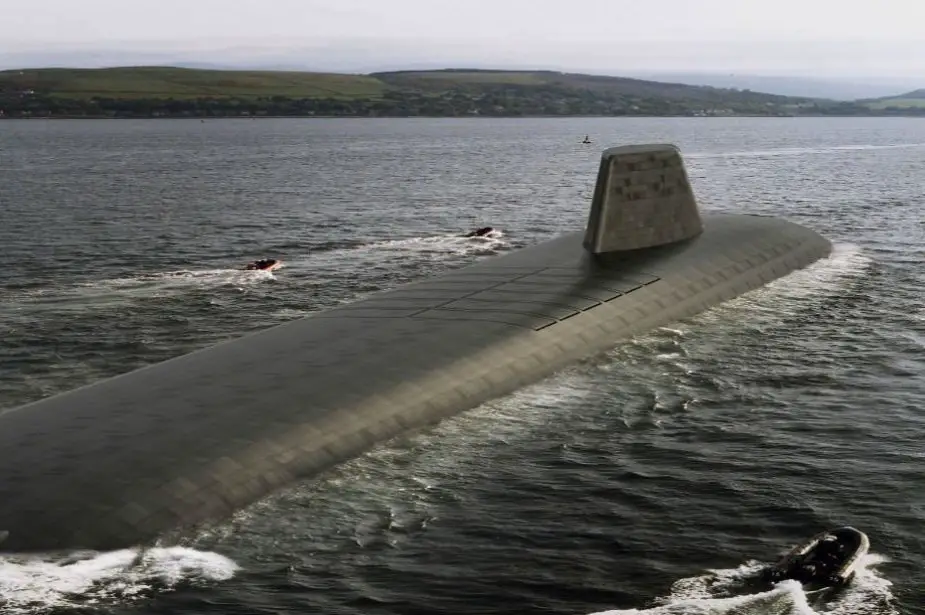Breaking news
BAE Systems reaches a new milestone in the construction of Dreadnought Submarine.
The newest section of the first Dreadnought submarine to be built at BAE Systems’ yard in Barrow has been moved, as work on the first of class continues.
Follow Navy Recognition on Google News at this link
 Artist's rendering of Dreadnought-class submarine. (Picture source: Royal Navy)
Artist's rendering of Dreadnought-class submarine. (Picture source: Royal Navy)
The Dreadnought programme is one of the most complex engineering projects ever undertaken and employs more than 7,000 people across industry and MOD, with thousands more in the supply chain.
The unit was the first to make use of new material designed to improve protection for submarine sections as they are moved around the site during construction.
Four Dreadnought-Class submarines will be built in Barrow to replace the Vanguard-Class that are currently in service with the Royal Navy. HMS Dreadnought, the first of the new fleet, is scheduled to be delivered in the early 2030s.
 The newest section of the first Dreadnought submarine. (Picture source: BAE Systems)
The newest section of the first Dreadnought submarine. (Picture source: BAE Systems)
About the Dreadnought class:
The Dreadnought class is the future replacement for the Vanguard-class of ballistic missile submarines. Like their predecessors, they will carry Trident II D-5 missiles. The Vanguard submarines entered service in the United Kingdom in the 1990s with an intended service life of 25 years. Their replacement is necessary if the Royal Navy is to maintain a continuous at-sea deterrent (CASD), the principle of operation behind the Trident system.
Following the completion, the Dreadnought-class submarine will become the Royal Navy’s largest submarine. It will have a length of 153.6m and displacement of 17,200t. The submarine will be installed with 42.5km-long piping, approximately 13,000 electrical items and more than 20,000 cables.
The Dreadnought-class submarine will be installed with eight operational missile tubes for launching Trident II D5 missile that can carry nuclear warheads. Four additional tubes will be configured with ballast.


























